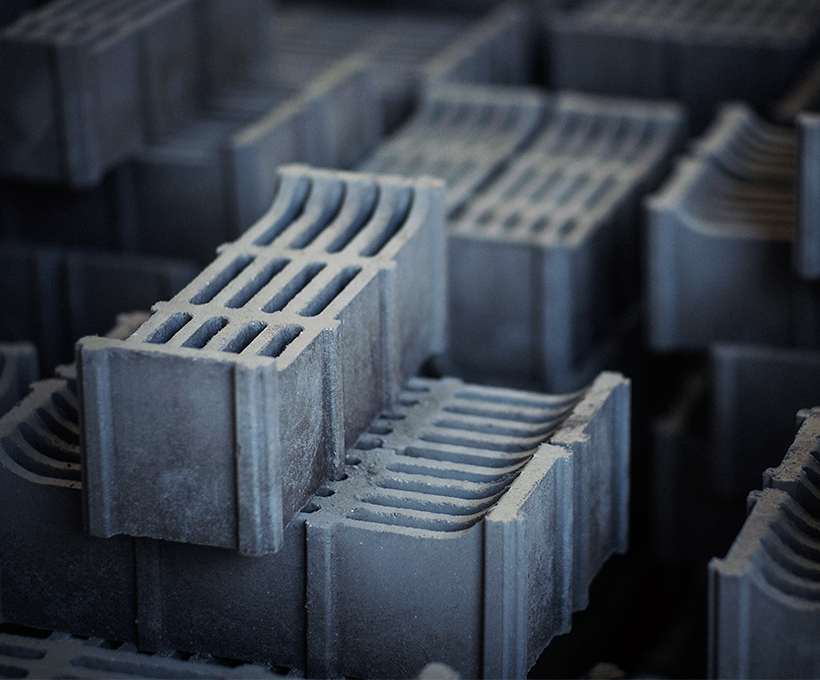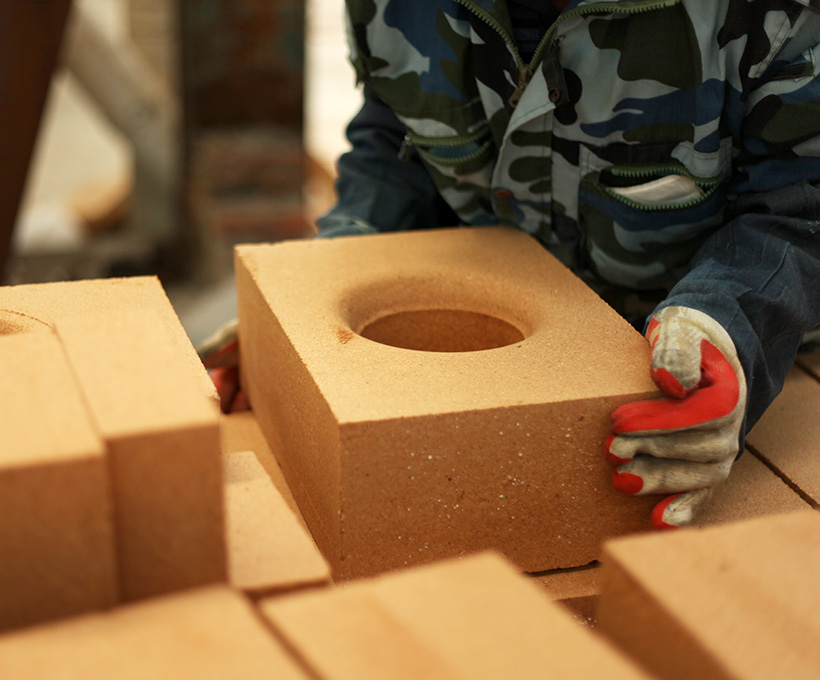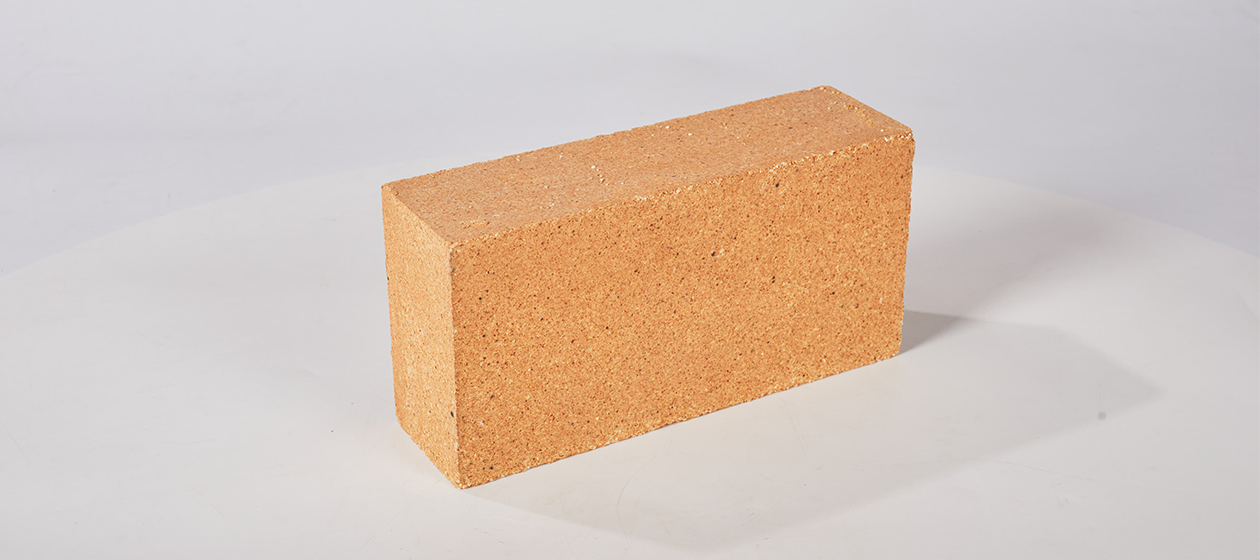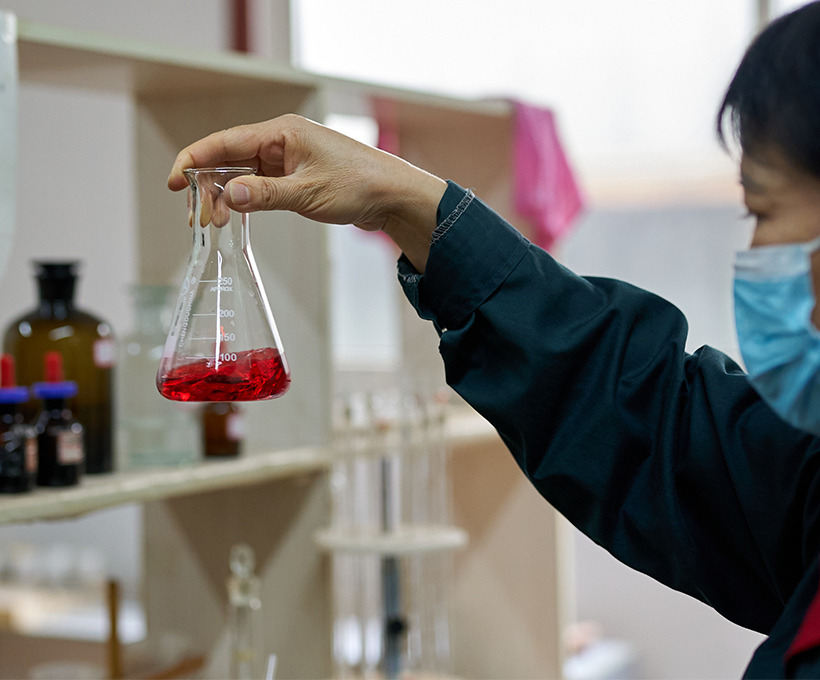The consumption of refractory materials for steelmaking is substantial, and it directly affects the service life of steelmaking furnaces and smelting costs. Therefore, when selecting refractory materials, in addition to meeting the requirements of smelting processes, it is necessary to rationally utilize resources based on resource conditions, and continuously improve raw material calcination and brick-making technologies. The goal is to adopt optimal refractory materials to achieve long furnace life and low consumption.
Currently, the refractory materials used in oxygen converter furnaces are mainly carbon-containing basic refractories, such as tar dolomite bricks, tar magnesia-dolomite bricks, tar magnesia bricks, magnesia-carbon bricks, and various impregnated bricks. In addition, there are refractory gunning mixes used for gunning repairs.
Since the adoption of oxygen converter steelmaking, magnesium-based and dolomite-based refractories have been widely used worldwide as furnace linings, either alone or mixed for brick-making. The overall trend is toward improving raw material purity, appropriately increasing magnesium oxide content, enhancing product density, and increasing residual carbon content. As a result, the quality of furnace lining bricks has gradually improved, and the variety has continuously expanded.
In the early stage of oxygen converter steelmaking in Japan, furnace lining bricks made from natural dolomite sand and stabilized dolomite sand were used. Natural dolomite bricks are low in price and are still used in converters today. However, stabilized dolomite bricks, despite their good mechanical properties and ability to prevent hydration, have high impurity content and poor slag resistance, so they were eliminated long ago. In the early 1960s, Japan successfully developed synthetic magnesia-dolomite sand. Tar-bonded and fired magnesia-dolomite bricks made from this raw material have higher purity and better sintering quality, significantly improving brick performance. They remain the main refractory materials used in Japanese oxygen converters and are widely applied. In addition, Japan has achieved good results in using direct-bonded bricks and impregnated bricks made from magnesia sand and fused magnesia sand in special parts of oxygen converters; refractory bricks made by adding fused magnesia sand to synthetic magnesia-dolomite sand; and magnesia-carbon bricks made from dead-burned high-purity magnesia sand and natural flake graphite with synthetic resins as binders. These applications have greatly improved the service life of furnace linings.
- Preheating Insulation Material9 个产品
- Bricks15 个产品
- Industry Ceramic Material1 个产品
- Refractory Raw Material11 个产品






